"All drones that will be supplied directly from the manufacturer will be immediately ready for use in combat."
On 7 July, the Defence Procurement Agency (DPA) launched a system that effectively speeds up, simplifies and automates military orders. Currently, this applies to drones, but in the future it may include REBs and other necessary combat equipment. The military unit, entering a conditional marketplace, orders what it needs itself. If what it needs is not available, the manufacturer sees the request and puts it in its plan.
You reported 43 orders for FPV bombers worth more than a billion hryvnias, which is 40% of the total budget. Twelve brigades took part in the experiment. Tell us more about the initial results.
The DOT-Chain Defence system that we have now launched is not only and not so much about speeding up supplies to the front. It is about launching a real market for products in which we already see high competition. The fact that the UAV market, in particular FPV drones, is highly competitive can be seen, for example, on Telegram channels. When someone receives a large order, friction begins around who it is, what it is, DPA, Zhumadilov, etc.
This indicates that people are interested in receiving larger volumes. The total production capacity, as we know, is approximately 10 million drones per year. The state has money for 4-4.5 million drones per year. And, accordingly, there are questions about how the state determines what it buys, from whom, and in what quantities.
Until recently, it was the General Staff and the Ministry of Defence that gave us orders, and we only dealt with contracting, without influencing who was specified in what volume. Now, the DOT-Chain Defence system allows direct users to make their own choices. And, accordingly, it sends a very important message to manufacturers that their customer is not the General Staff, not the Ministry of Defence, not the Defence Procurement Agency, but the brigade that places orders directly with them.
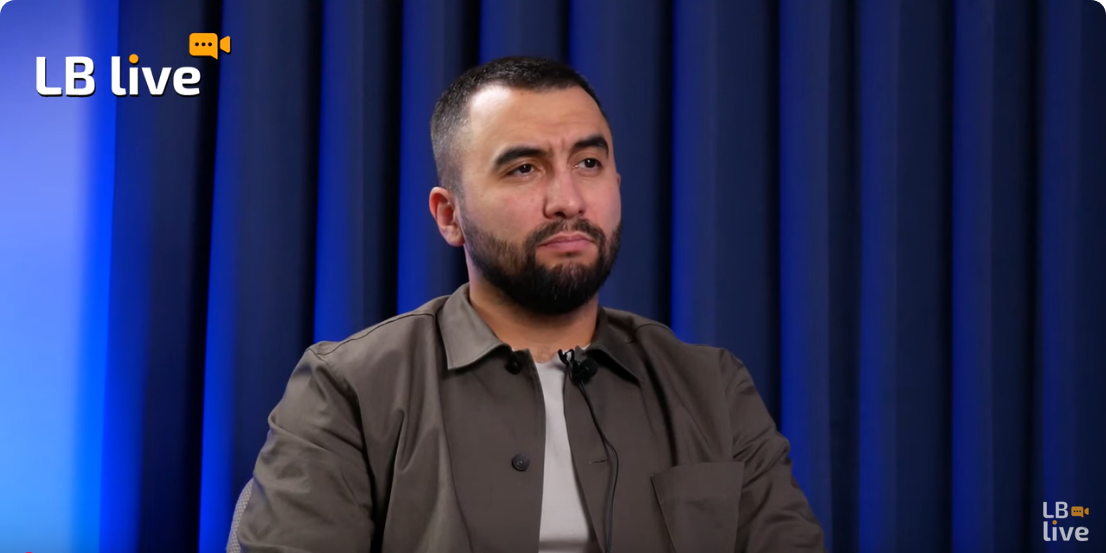
It took us a long time to properly deploy this system because it has to be in a closed environment and protected. The system is implemented in such a way that its information security requirements are the same as those for Delta and SAP, which are used by the Ministry of Defence. In fact, this is the third system — there are only three such systems that meet the highest security standards to ensure that all the information stored there does not go anywhere else.
Indeed, as of today, we already have orders worth more than a billion. We understand that over time, this system will become the main tool for purchasing drones for the Armed Forces of Ukraine.
This is one of the answers to the military's complaint that in almost 100% of cases, drones purchased by the state need to be "fine-tuned" — at their own expense, effort, and, most importantly, it takes time.
Are you now ready to say that this contracted billion or even the volume... Let's not talk about money, because a billion, if we are talking about the number of drones, is not that much...
Not that much, yes.
How many of the 100 drones contracted under this programme currently need to be "finished off" by the military themselves?
I think that in fact, over time (it won't happen immediately), but with subsequent waves of orders, when the military understands how each manufacturer responds to their requests, when they understand what other possibilities this system offers, and there is, for example, the possibility to contact the manufacturer directly, to tell them that there are some special requirements for what this drone should have, for example, a certain frequency, not another, some feature, etc. When they have, so to speak, "tried it out" and understand that this option is available, I think that this figure will drop to zero.
In other words, all the drones that will be supplied to them directly from the manufacturer will be immediately ready for use in combat.
How many are there now: 10-15 out of 100?
We are currently making the first shipments. Starting next week, we will once again visit the units that have placed orders to gather feedback from them, including asking whether they have modified or refined the drones, etc. Then I will be ready to say what the percentage is.
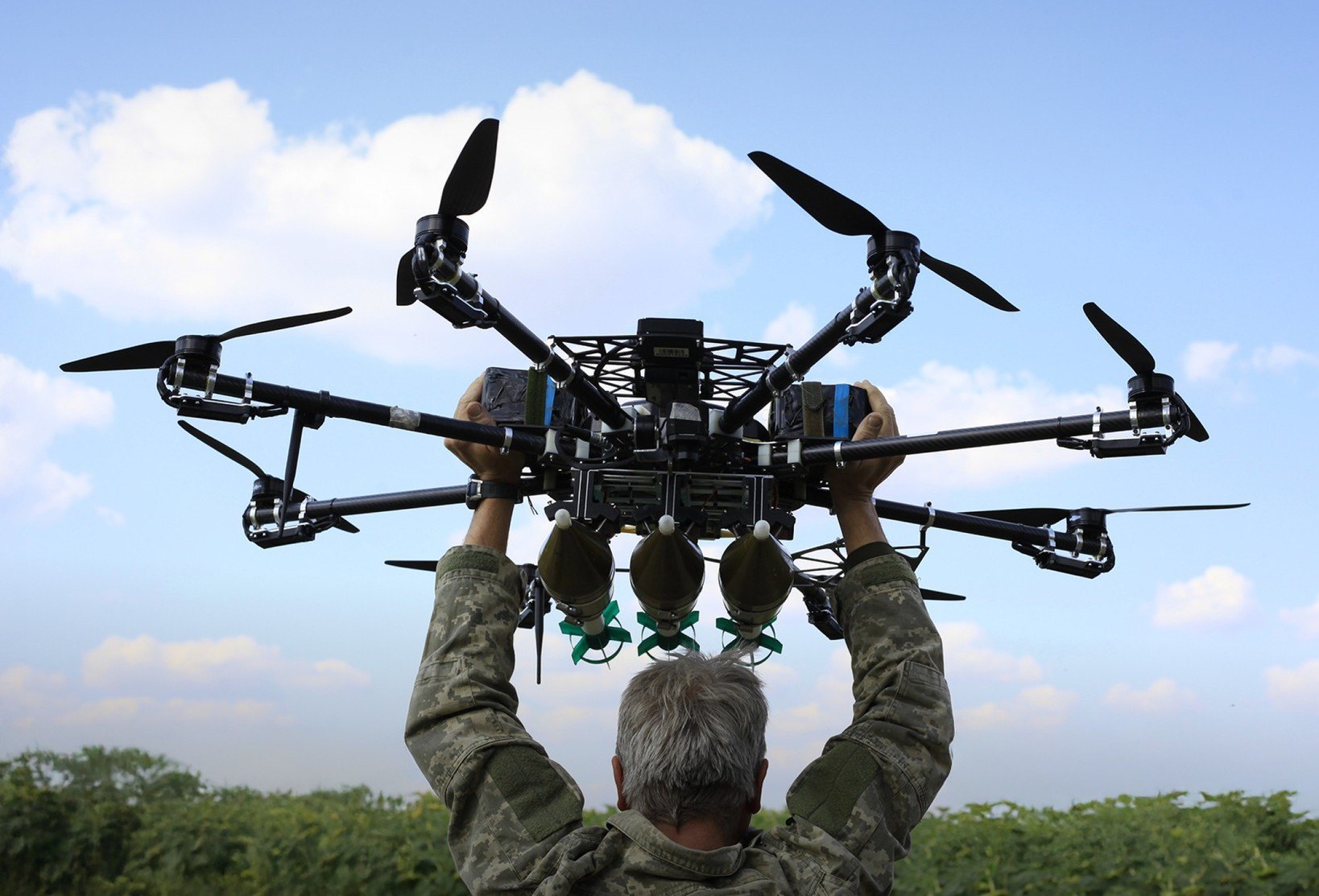
"The state's task is not to support some small-scale production (of drones)"
When presenting the DOT-Chain Defence system, you announced that, in addition to drones, it would also be possible to purchase REBs and other items through it. Can you be more specific about when other "goods," let's call them that, will be connected to this marketplace?
We will be ready to say when the appropriate political decision is made, because the system is ready both technically and legally.
Political at what level?
At the level of the Ministry of Defence of Ukraine, on the one hand, and the General Staff of the Armed Forces of Ukraine, on the other. That is, they must agree among themselves that the system has indeed proven itself. And for that, they need to get feedback from the troops. As of now, as I understand it, it is positive.
Therefore, there is a high probability that REBs, ground-based robotic complexes, NRK, other drone nomenclature, not only FPV, and probably even drone drops, will all be included in this system. In theory, in this system, we can and should, in my opinion, purchase everything where we have highly competitive markets on the one hand. On the other hand, users who know very well what they need. So that they do not go through this long cycle — submitting a request to the governing body, the command, the General Staff, the Ministry of Defence, they — to us, but order what they need directly from the manufacturer.
Before the system was launched, you said in an interview that we currently have a limited amount of goods. But small manufacturers cannot afford to produce anything in advance, just as the military cannot afford to wait. So how equal are the conditions for manufacturers? Although, on the other hand, you correctly pointed out that this is competition.
Absolutely right. Let's be honest: we had a fairly active, vibrant period when we were, so to speak, growing this market. That is, the state, represented by the Ministry of Defence and the Ministry of Digital Transformation, invested money and other resources to ensure that players appeared in this market and that they had sufficient capacity to meet the needs of the state. Now, as I said, this capacity is greater than our ability to purchase these drones.
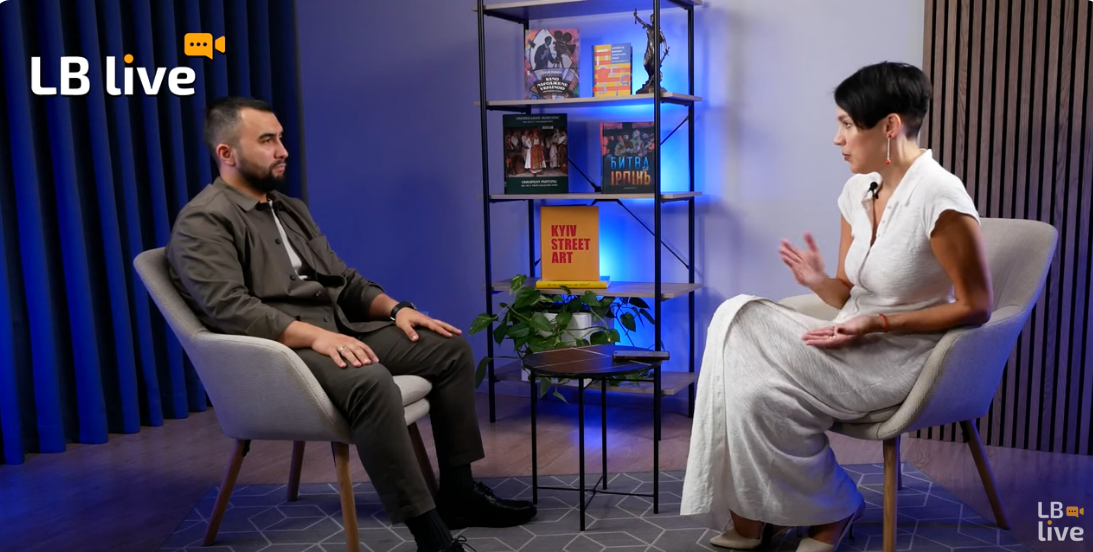
In other words, the market has already been formed and is highly competitive. In my opinion, the state's task is not to support some small production so that it can get on its feet, try something in terms of quality, refine it so that it becomes a good product. At this stage of development, the market has already reached a level of maturity where we can say that if you are small, you will not succeed, you have no orders, you cannot find either credit funds or an investor to scale up your production so that it is attractive to teams, then perhaps it is time to consider, as an option, subcontracting something from a large manufacturer.
This will probably even trigger some processes of large manufacturers absorbing small manufacturers. Because, in principle, from what we see in defence, there are already three manufacturers whose products are really in demand. And this demand is objective. That is, it is not someone sitting in a high office, but the teams themselves who say, "We really want this product." And there are other manufacturers whose products are not in demand.
Let's name these three.
I'm not sure if that's correct.
Why not? The teams see who they are buying from and discuss it among themselves.
I can name exactly what is in high demand: it is the products of Stream Techno. These are Vampire bombers and Shrike FPV drones. Not only them, but there are also others that were previously ordered and purchased centrally.
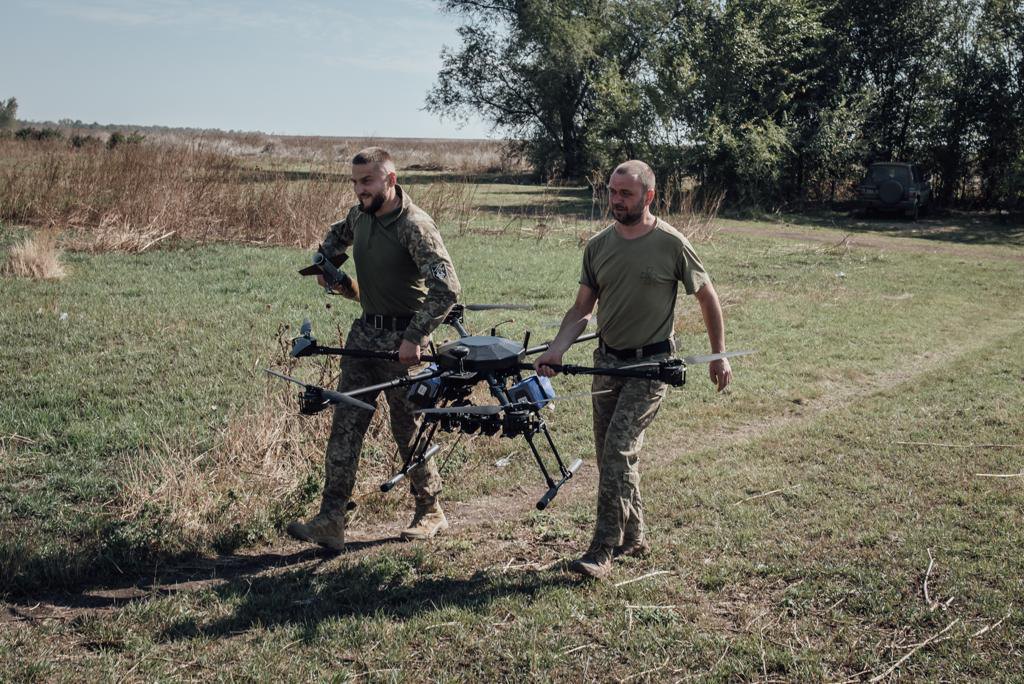
What is currently being ordered through the system is exclusively Ukrainian-made. If we move to another level of procurement — electronic warfare systems, for example, where dependence on foreign components is stronger — how effectively will it be able to work in such conditions?
We are currently focusing this system solely on Ukrainian manufacturers. We do not have any requirements regarding the depth of localisation. Perhaps at some stage these requirements will be formulated, and if this is done legislatively, our manufacturers will already be trying to deepen their localisation so that these products contain as many Ukrainian components as possible. As of now, there are no such requirements.
Basically, from what we understand, components and spare parts, not only for electronic warfare equipment manufacturers but also for FPV drone manufacturers, are still being imported from all over the world, including China, but not exclusively from China.
It is no secret that a significant part of Ukrainian production is located outside Ukraine for obvious reasons. Based on your experience with the system, are most FPV drones manufactured in Ukraine or are they imported?
Once again, this is exclusively Ukrainian production. If a company is of Ukrainian origin but manufactures goods elsewhere, it is no longer a Ukrainian manufacturer. These are goods that are imported into the country.
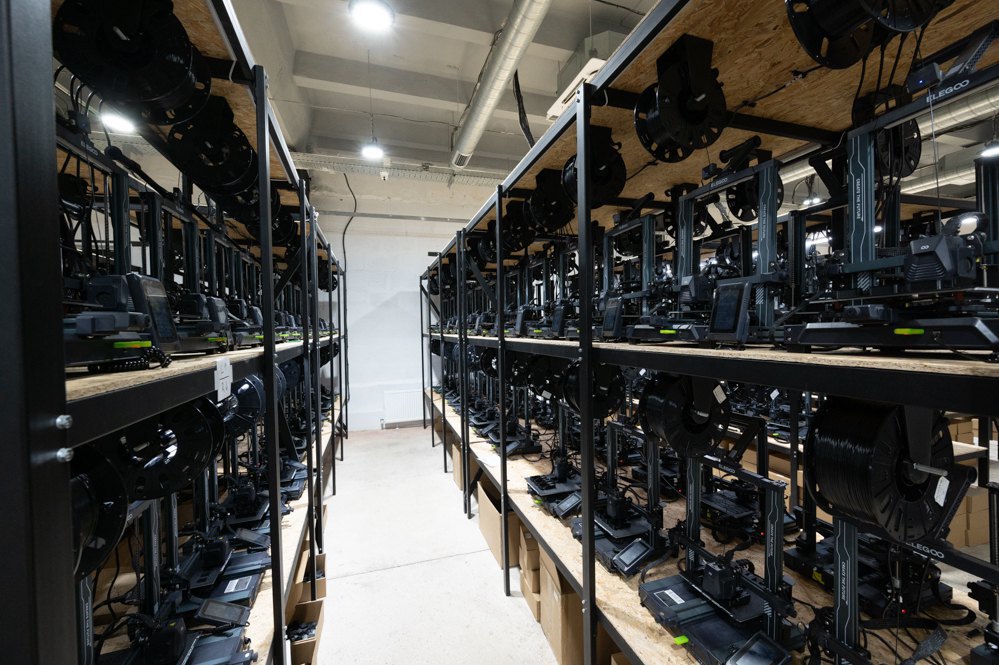
So, is there such a restriction?
Yes, only Ukrainian manufacturers.
"If we do everything the same way as the enemy, then we definitely don't stand a chance."
There have long been disputes between manufacturers and the military about the so-called "zoo," where we have many types and varieties of drones for different tasks. There are only 30-40 main ones, and this is a very approximate figure. Meanwhile, our enemy is following the path of strict standardisation.
There are two camps. One is in favour of standardisation, while the other believes that such freedom allows for faster adaptation to the demands of the front line, although it creates problems, particularly with orders. Which camp would you join?
We must preserve our Ukrainian ability to be flexible. This is what helped us in the beginning and will continue to help us in the future, as we must somehow withstand the struggle against an enemy that is much larger than us. If we do everything the same way he does, then we definitely have no chance.
The DOT-Chain Defence system allows you, if you are a small manufacturer but you have a great drone, and there is a single brigade that uses it in specific conditions, or you have an NRK that has increased cross-country capability and has performed well in a certain area, etc., and you know that your brigade will definitely order it — you have your sales. You have your market, even if it is small, your customer will get you, and this product will be paid for.
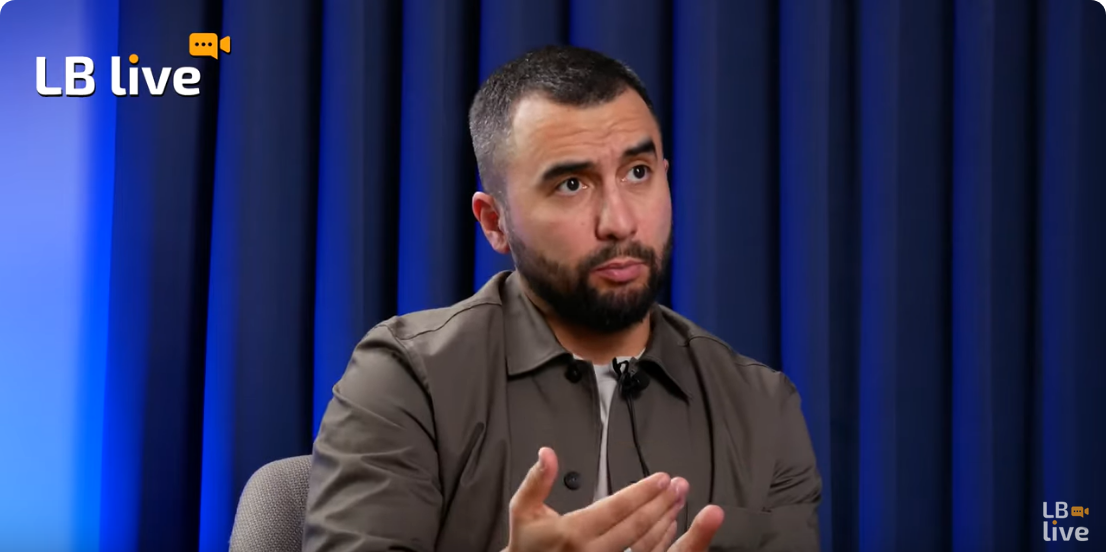
Basically, if we are talking about interesting, unique products that do not fall under the general drawings of what is standard and commonly used, but there is a customer for this unique something, the DOT-Chain Defence system will support you. You will receive an order from the team that wants your specific product. And, in principle, this is something that the Russians do not have, because they mass-produce and supply something that is standardised. In most cases, this is more or less okay. But in those cases where you want something special and your request does not match anything, this is where we will continue to develop this story.
At the same time, we understand that this idea cannot be taken to the extreme, to the point of absurdity. Even within the DOT-Chain Defence system, it seems to me that there will be five, maximum seven, really big champions who are able to proactively produce "for the shelf", forecasting their sales, knowing that there will definitely be demand for them, knowing how to build a great service and customer relations with the certainty that they can count on their orders.
And this standardisation will happen one way or another as a result of normal market mechanisms. Even if this does not happen, in principle, we have another parallel track. We trade at least FPV drones according to tactical and technical characteristics in the Prozorro electronic system.
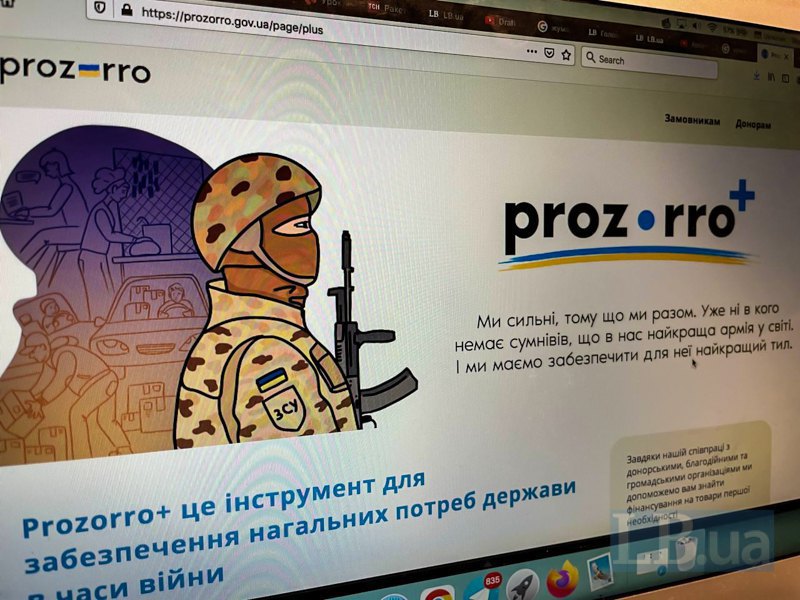
What is Prozorro? It is a public procurement system that will standardise everything. In other words, even if there are some differences, it will lead the market to a situation where you have to produce the cheapest products, but at the same time, their quality must be acceptable. Accordingly, manufacturers who want to trade on Prozorro will be forced to meet this basic but generally acceptable quality standard. And these will be products that, like in Russia, are standard and normal for general use.
To simplify it greatly, DOT-Chain Defence is for quick, short-term results, while Prozorro is for long-term, serious results?
Yes. Prozorro is, as they say, "for industrial use," for the long term. As of now, the long term is something we are still working on.
Is that six months, a year?
It's six months. Now we will announce for three months, next year, I think, we will go for six months, then for a year, I don't think more than that. And that's where you have guaranteed sales if you win the tender. You just stamp it out.
Prozorro provides clearly defined technical specifications [tactical and technical characteristics]. But when it comes to drones specifically, they can be written for a specific manufacturer...
Of course, if you want to "rig" it so that only one manufacturer can pass, it may happen. But the thing is that in Ukraine, it seems to me, trying to "rig" something on Prozorro, especially if it is a large purchase that is on the radar of auditors, law enforcement agencies, and public organisations, is simply a suicidal path.
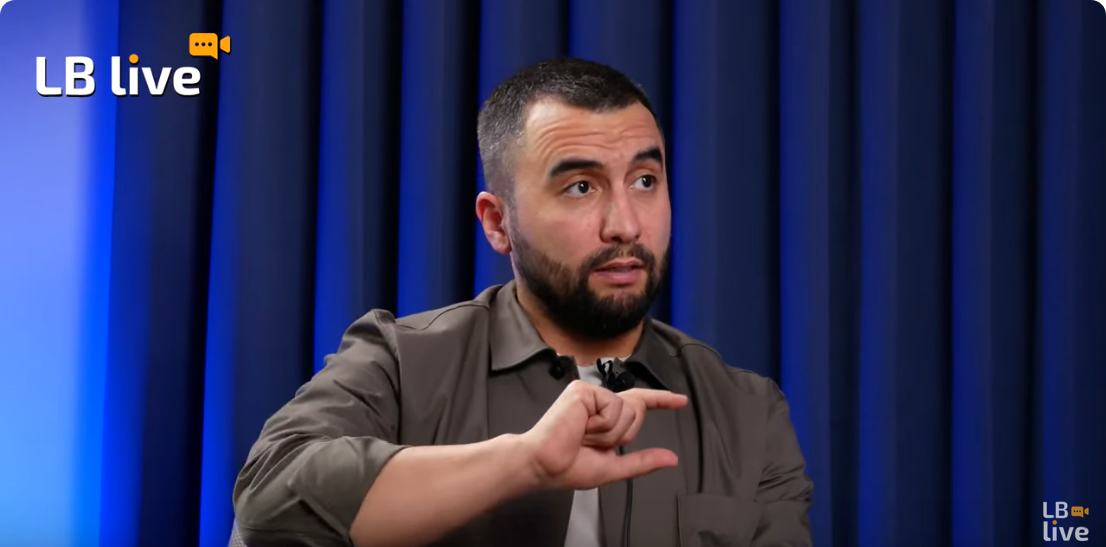
The greater risk is that, in the pursuit of non-discrimination and the broadest possible competition, the customer sometimes lowers quality requirements to such an extent that everyone can overcome the entry barrier, but the quality itself may suffer. And here, the task of the procurement organisation is to combine these two conflicting priorities. On the one hand, competition is needed, but on the other hand, completely irrelevant products should not be allowed to enter the market.
What can be listed on Prozorro right now or in the next three months?
In terms of nomenclature, we started with FPV drones. We are still testing this nomenclature. If we see that there is a demand to trade in TTX and other products, we will also enter that market, although in reality we do not have that feeling at the moment. Most likely, everything else will end up in DOT-Chain Defence one way or another.
In your opinion, should the number of tenders that one entity can win be limited? I am asking this in light of the scandal with Viri, which won 16 out of 19 tenders, and not everyone understood whether this was intentional, just happened, or something went wrong. There were restrictions in civil procurement. There are none now. Will there be any?
We would gladly limit it. The thing is that for FPV procurement, we use a tool on Prozorro called "Closed Frame." And it is its technical and regulatory feature that we cannot limit the number of lots in one hand.
In logistics procurement last year, when I worked at the State Logistics Operator, we used a different procedure called "Simplified Procurement," and within its framework, we could impose restrictions. Now, in principle, we are working with both the Ministry of Economy and the Prozorro State Enterprise to refine this "Closed Frame" tool so that this possibility exists. It is really important, and this case with the tenders you mentioned highlights its relevance.
How long will it take — a month, two, three, six months?
It's hard to say. If there is a desire to do so, it can be done quickly, but the thing is that we all have a lot of tasks at the same time, so we'll see, I can't say.
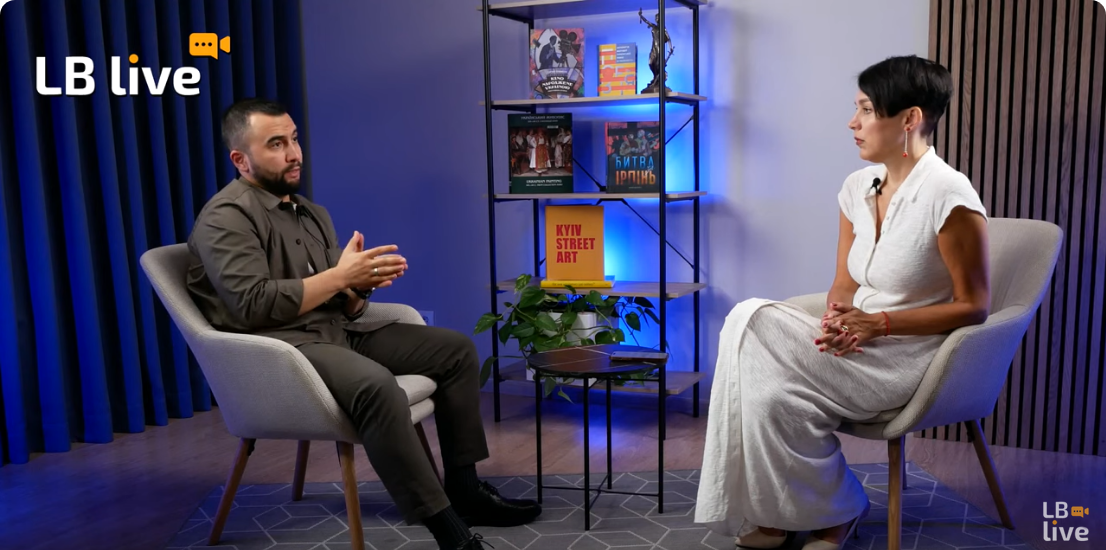
Another relevant issue concerns the legal requirement to purchase at the lowest price, which obviously does not always correspond to the best quality. Will this rule be regulated in some way? Behind the scenes, you corrected me that no legislative changes are needed for this, and that a decision by the Ministry of Defence is sufficient.
It will definitely be regulated. I am not really sure that direct changes to Ukrainian laws are necessary for this. This can definitely be regulated either by amendments to the relevant resolution or by an order of the minister.
It could even be a lower-level decision to ensure that we have non-price criteria, i.e. that price is not the only selection criterion.
For our part, we have formulated our proposals, which are currently under consideration by the Ministry of Defence. I think that we will enter the procurement campaign in 2026 with the understanding that in some cases we will apply them. These may be quality, localisation, or, for example, payment terms and other issues.
Localisation and payment terms are clear criteria, but quality is relative.
Relative. But when we dive deeper... For example, just today we were considering the issue of purchasing one product from the list of, so to speak, ammunition. There are ammunition items that have different weights, but both, in principle, perform their function.
We understand that the one that is slightly heavier performs better than the one that is lighter. And we discussed that at the stage when we have the right to set a non-price criterion, we could, after analysing the market, set it at such a level that manufacturers of both lighter and heavier ammunition would be subject to the same procedure, we compared them in order to give a slight advantage in size — 10-15% depending on the market structure — to the heavier ammunition.
As of now, everything will go through the same funnel, and we will choose the one that is actually lower in price.
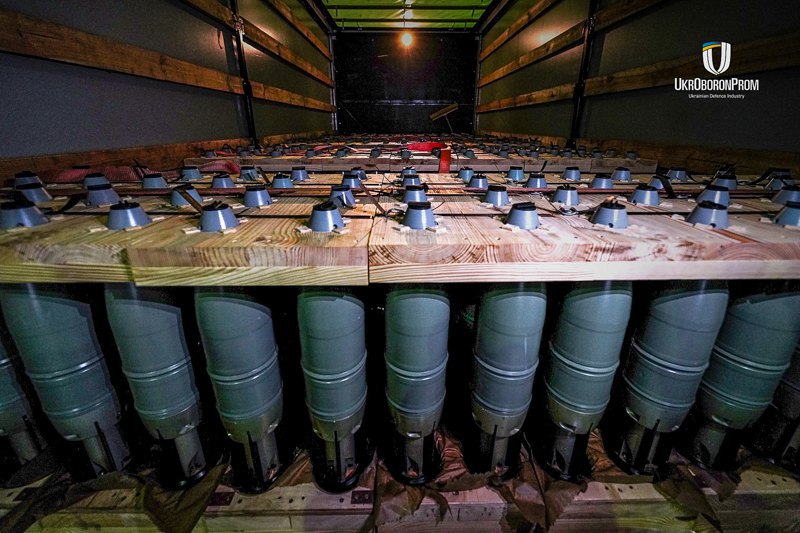
Actually, these two questions were a prelude to the next one — about criteria. So that what happened in Pavlohrad does not happen again (this refers to the Pavlohrad Chemical Plant supplying defective mines due to poorly defined criteria. — S.K.). Have conclusions been drawn from this story? Because we are talking about human lives.
There are several questions in your question. Regarding quality, they did indeed learn their lesson at the end of last year and changed the technical conditions for how they manufacture the mine in question. And now there are no complaints or claims regarding their 110th mine.
As for their ability to produce and fulfil contracts, we have learned a lesson from this on our part. We are in close cooperation with them on the contracts they are fulfilling, both those concluded last year and those concluded this year. And if there is a risk of non-delivery under any of the contracts, we do not wait until 31 December to simply inform the Ministry of Defence and the Armed Forces of Ukraine that nothing or not everything has been delivered under a particular contract.
We have, in my opinion, an honest dialogue with them, where they say that they will realistically fulfil their obligations. And everything that they do not fulfil, we transfer to other manufacturers, in some cases — to other products.
When they started contracting, they also said, "We'll do it, we'll do it, we'll do it." So, do we still take their word for it? That's strange.
We definitely don't take their word for it now. We see their delivery rhythm, what they deliver each month, and in what volumes. This can be projected to the end of the year to see what realistic volume they will deliver. And it is on the basis of what they are already delivering that we are adjusting the volumes.
"The main source of funding for defence procurement is taxpayers."
We are talking on the eve of the start of the new budget year. Defence Minister Denys Shmyhal recently said that $6 billion is needed to cover the defence procurement deficit this year, and we could get it under the "Danish" model. Do we really expect to receive this money from our partners? What will your requests be when reviewing the budget for the current year and requests for the next year?
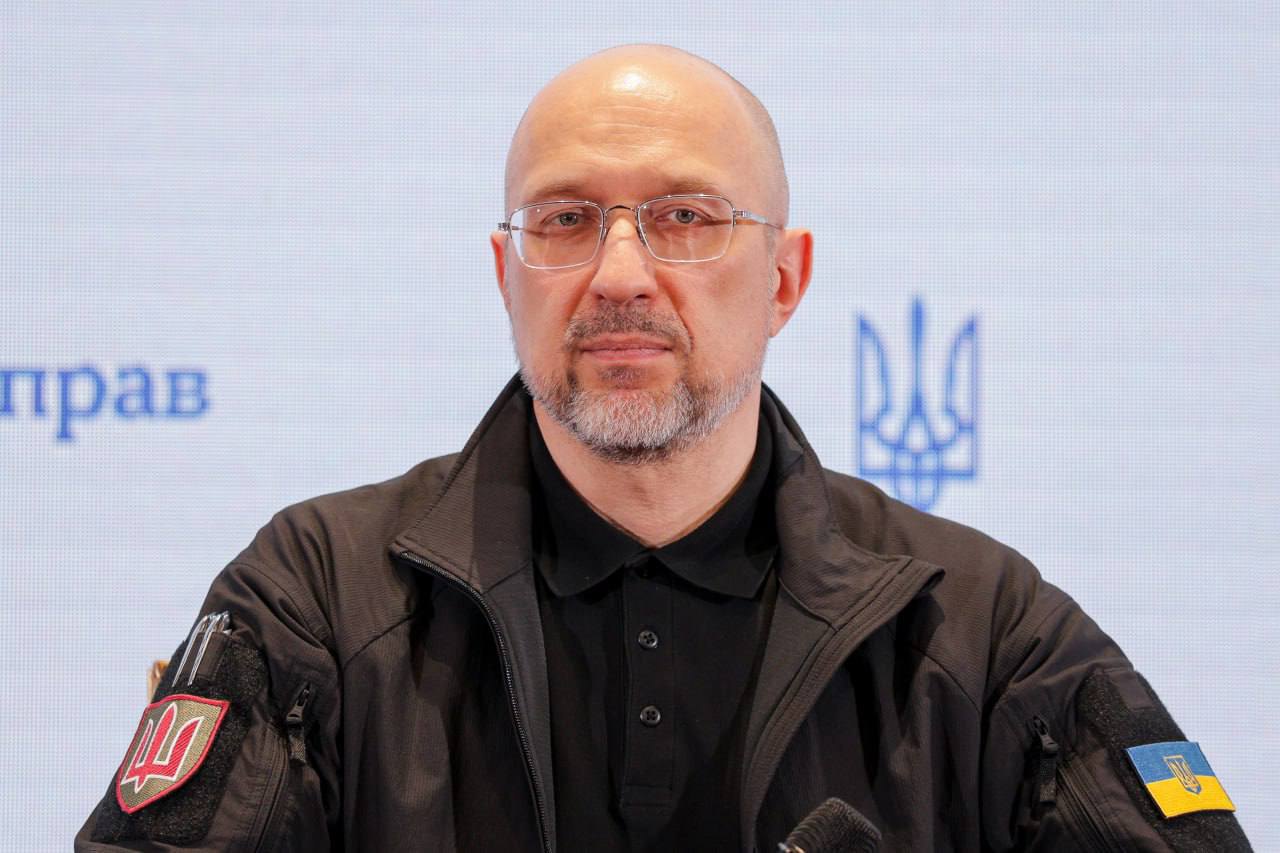
We really count on our partners' funds. I cannot say that we count on them more than on the state budget. That is, the main source of funding for arms purchases today is still our Ukrainian taxpayers. At the same time, the share of funding from international partners is indeed increasing.
At the beginning of the year, this share was about 5% of our purchases, but by the end of the year, I think it will increase to about 15-20%. This is what we purchase either under the "Danish model" or under other models in which we act as administrators.
There are also direct purchases by our partners from our Ukrainian arms manufacturers, when they supply arms to the Armed Forces of Ukraine, bypassing the Defence Procurement Agency, but I cannot comment on that.
From what we understand from the request made by the General Staff and the Ministry of Defence for next year, it corresponds to this year's appropriations. That is, the allocations for this year, approximately in the same amount, as it appears, will be budgeted for next year.
Not more?
As of now, it looks like it will be the same amount.
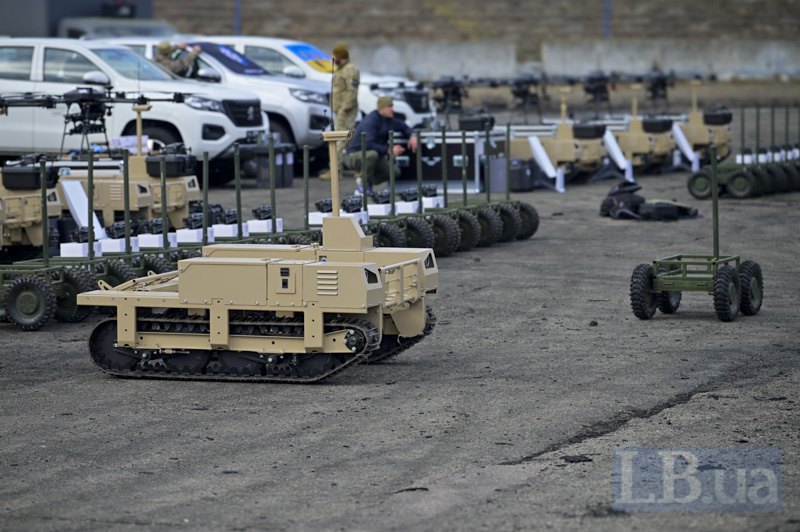
So, we are not expecting an increase in the intensity of hostilities in the first half of the year?
Let me put it this way. We are currently working with the General Staff and the Ministry of Defence to ensure that next year's procurement deliveries take place as soon as possible, so to speak, next year. Because right now, to be honest, deliveries are, at best, evenly spread out over the entire year. Although in most cases, the majority of deliveries take place in December.
Next year, we are trying to use the funds that will be allocated in such a way that in January, February, and March, even if the intensity of the fighting is low, we will have formed the necessary reserves.
In order to make this possible, to make it work, we are reviewing both managerial and regulatory decisions, so to speak, so that next year's procurement does not begin in January-February, as it did this year. The main concern that the Ministry of Defence had regarding the work of the Defence Procurement Agency in January this year was that the agency had not started contracting. There were many reasons for this, including the way interaction within this ecosystem was structured, which prevented contracting from starting earlier.
One of the consequences of this was that you took over the Agency instead of Maryna Bezrukova.
That's right. And this year, we are working with our partners so that we can enter the next year without this, so to speak, strain. Just as we did with the State Logistics Operator.
Few people mention this, but when it comes to food and clothing, there was always a very high level of anxiety in society about whether there would be anything to eat, anything to wear, anything to change into, because procurement started very late and there were no reserves or anything else. At the end of last year, we worked with the Logistics Forces Command, the General Staff, and the Ministry of Defence to ensure that everything needed for the beginning of 2025 was contracted in 2024. So that at the beginning of 2025, it would already be on its way, not just contracts being signed, but deliveries being made. We want to do the same with weapons.
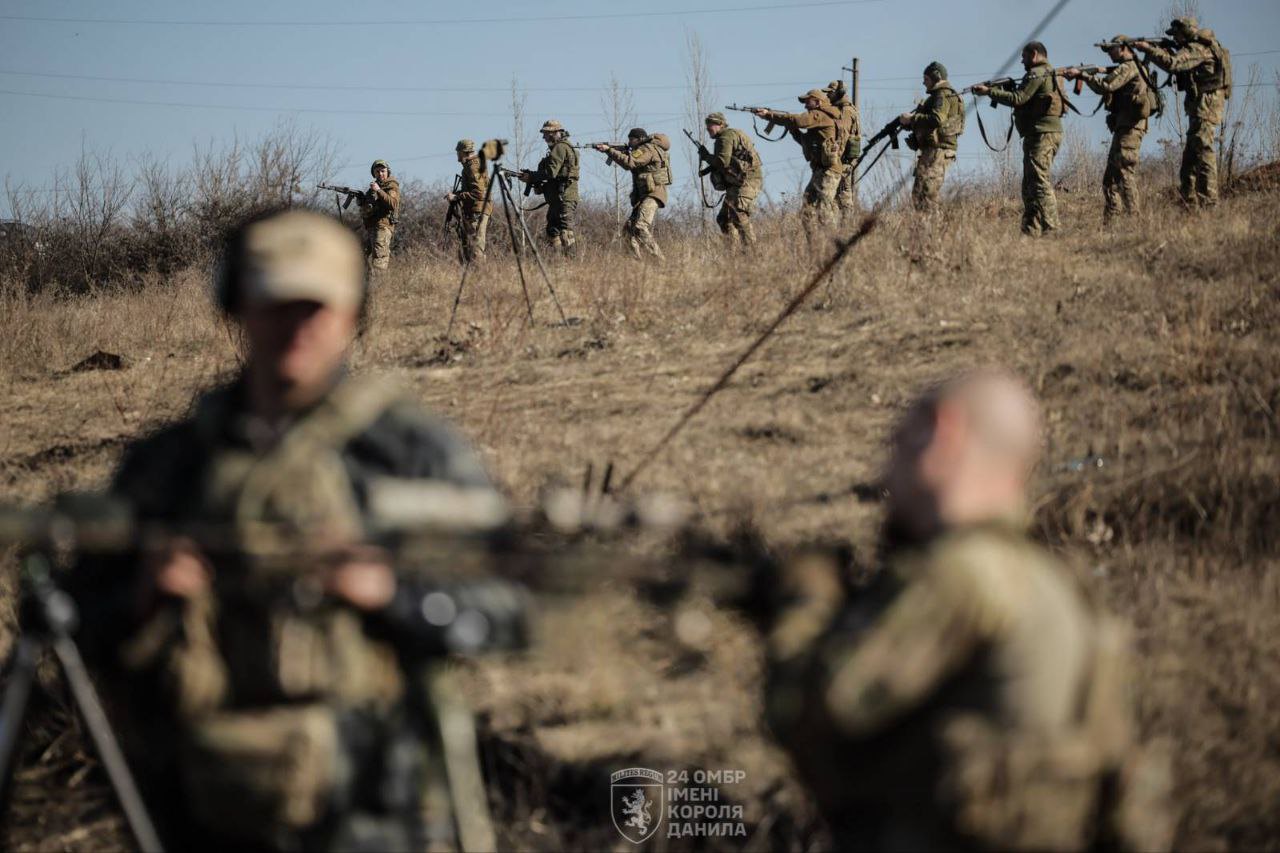
You said that you need political and, most importantly, managerial decisions. Signing a contract takes time. How much time do you need to make these decisions, and what exactly are they? What does it depend on?
It depends on whether our partners, represented by the General Staff and the Ministry of Defence, will be able to predict what they will need in the first and second quarters of next year based on our contracts, i.e. our interaction with them.
We are trying to provide them with as much information as possible, to make available to them all the data that will allow them to say today, in August-September, for example, that at the beginning of next year, given how the contracts are being fulfilled, they will need such and such things. We expect to receive all the necessary documents from them in September so that we can sign contracts in October-November in full.
It is no coincidence that I asked twice about the volume of contracts. I remember LB.ua's conversation with Mr. Syrsky in April, when many people were also placing their hopes on Trump, peace talks, and "reconciliation" on 9 May, and he calmly and with full awareness of his responsibility said: what "reconciliation", they are preparing for the summer campaign. So, does the volume of contracting for 2026, similar to 2025, mean that the war will be more or less the same? And we should not expect any more serious threats? I understand that this question is not entirely for you, but you work with information, so you must have some insight.
I am probably not mistaken in saying that if our state budget had greater capacity, more money would most likely be allocated next year than is currently planned.
When I say that funding will be roughly the same as this year, I am referring to the limitations of the state budget, not to the fact that there are no predictions that Russia will, for example, intensify its offensive.
Our task is to ensure that this money works even more effectively next year than it does this year. I hope that, in principle, we have already laid or are laying all the necessary institutional foundations for this.
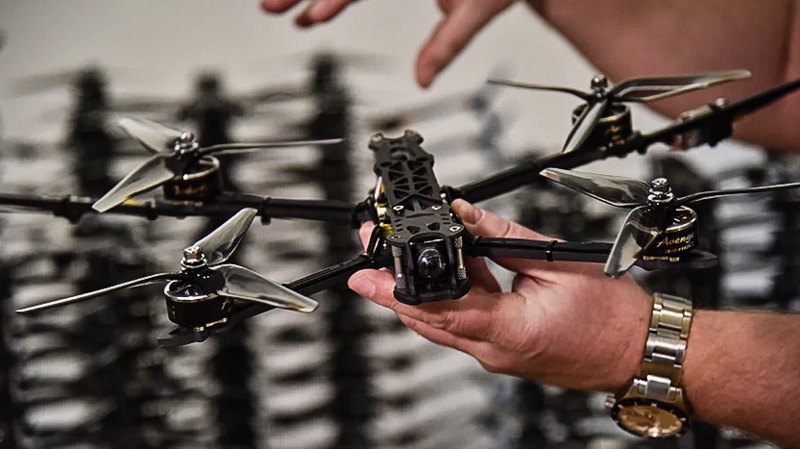
You mentioned that there are some Ukrainian manufacturers who do not operate in Ukraine, so they bypass the DPA. What percentage do they represent?
I don't know. I wanted to say that it would be better to ask the Ministry of Strategy, but it no longer exists. I think you should ask the relevant deputy minister.
I am not even interested in the specific percentage, but rather their impact on the market. How much greater/lesser is their demand? You work with the market, you see the trend.
My understanding is that their impact is not high at the moment. That is, to say that many of our production facilities have relocated outside Ukraine and that is their main market, and therefore our market is significantly less interesting for Ukrainian manufacturers than what they do there and sell abroad, would be, to put it mildly, an exaggeration. I think that this is simply not true, that is, it is incorrect.
Our market is currently the most capacious, given that we are in the midst of an active war. Secondly, our partners regarding our products, which are currently being actively used in our war, are only now beginning to understand their needs. These are not classic 155-calibre ammunition, which are needed in much larger quantities than previously planned. Everyone thought that the war would be similar to those in the Middle East, where you go in, do everything in two weeks and leave. And when they realise that the fighting can be highly intense, they order much more.
But when it comes to the new type of equipment — almost all drones, electronic warfare systems, air defence systems, etc. — they are still at the stage of realising what the need is and how to work with it. Accordingly, if they are at this stage, there are no contracts and no money.
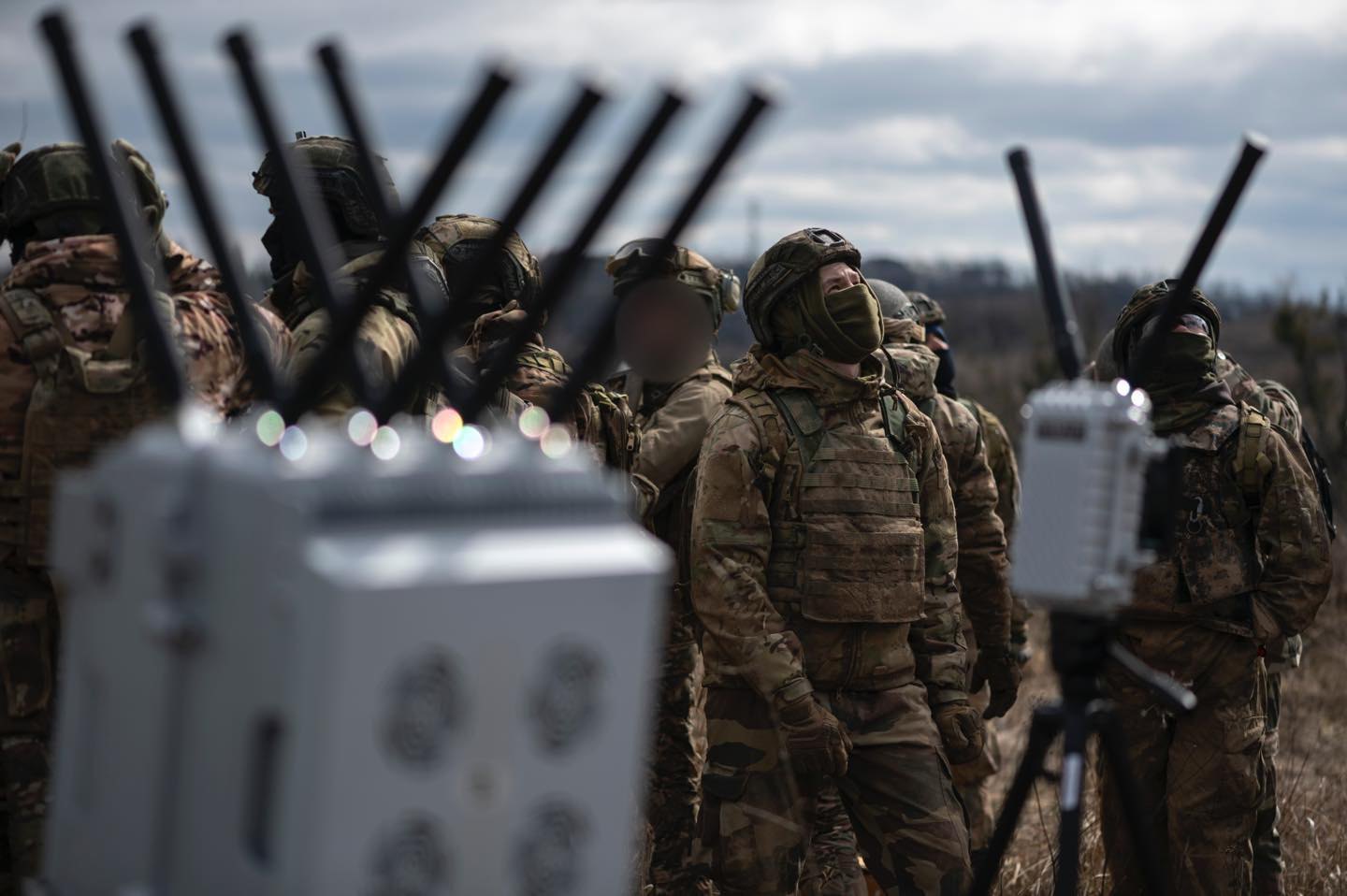
"Overdue receivables are not such a big problem or betrayal."
The initiative to merge DOT and DPA came from the then Minister of Defence, now Secretary of the National Security and Defence Council, Rustem Umerov. You recently said that the merger will happen, at least because it is one of the requirements of our NATO partners, but only after the end of martial law. I watched your comments and read the texts on this subject, but I still don't understand why not now? What is stopping it?
We have become hostages to our own desires. It was the Ukrainian side that, in response to NATO's demand last spring that you do not need two agencies, because this is not NATO practice, one is enough, said, let's not rush, because both of them have only just been launched, we do not know how they will perform; there are risks that something will work better/worse somewhere. Accordingly, let's postpone this requirement until the end of martial law. To which our NATO partners said, "Okay. Let's write it down." And so they did.
When the Ministry of Defence realised that, in principle, there was no point in continuing with two agencies, they could be merged into one, they returned it to the ministry itself and said: look, your requirements say "create one agency, but after the end of martial law." And then, unfortunately, it was framed by scandal.
Since then, work has been done with international partners to dispel the myths that the merger of agencies is not about establishing one person's control over something. It is about being more effective, more understandable to the Armed Forces of Ukraine, to the Ministry of Defence, so that the environment is more manageable, organised, etc. There is no point in having two CEOs and two supervisory boards. All these officials receive substantial salaries, which is a lot of money. The point is to combine the best of what the State Logistics Operator and the Defence Procurement Agency have to offer.
Currently, the position of the minister, Denys Anatoliyovych, is that there should be no delay in this merger, as I saw in the government's programme on the slide. As I understand it, the Ministry of Defence will soon decide to amend the order on reorganisation so that the part referring to "after the end of martial law" is changed to a specific date. It is better to ask the ministry what that date will be.
You head this liquidation commission. But in fact, you even sit in the same office as the DOT.
In the same building, but in different offices.
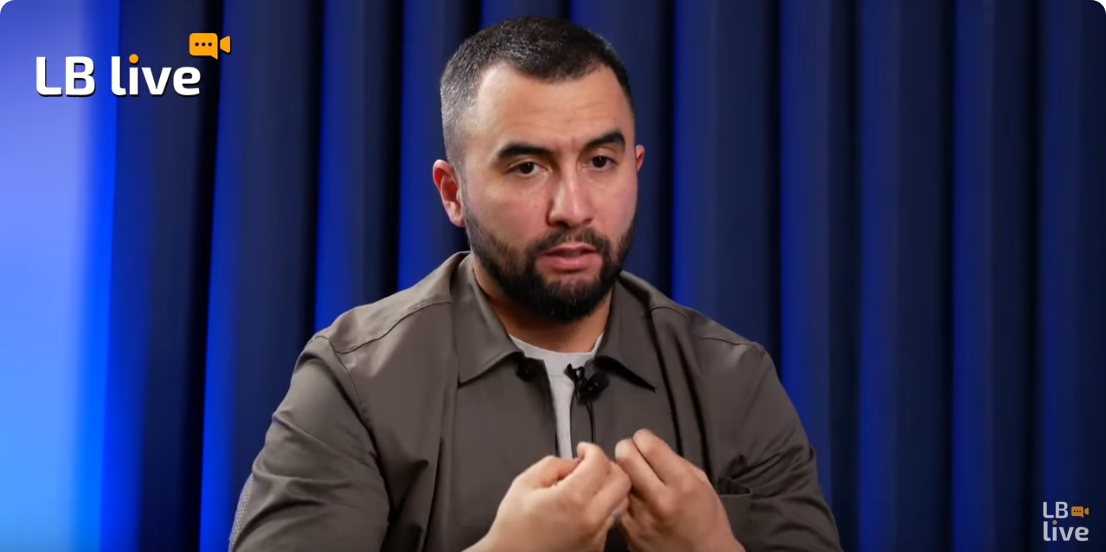
But, in essence, you manage both. How many people work for you on a part-time basis? How many did you transfer from DOT to DPA?
I definitely do not manage the State Logistics Operator. This is important. I do not interfere in the operational activities of DOT. There is an executive director and programme directors for each area, and they sign all documents related to their production activities. I am only involved with DOT in terms of reorganisation. That is, preparing DOT in financial, accounting and legal terms so that when the ministry decides to reorganise, it will be ready for such a reorganisation.
I will not make a secret of the fact that, as of now, approximately 15 to 20 DOT employees have either completely transferred to the Defence Procurement Agency or are working in both organisations on a part-time basis.
In my opinion, this is normal, because the Defence Procurement Agency is a very large organisation, so to speak. It seems that one of the obstacles my predecessor faced was that she came in without a team, on her own, and had to assemble a team as she went along. And that takes time. It is not a given that it will all work out.
I did not come alone; I have a team that has already proven itself to be both professional and decent people at the DOT. They are now working at the Defence Procurement Agency.
After the merger of the two agencies, it is expected that it will be responsible for procurement not only for the Armed Forces, but also for the Security Service, the National Police, and the entire security sector. And, accordingly, it will be so large that it will have to be transferred to the Cabinet of Ministers. Why then do we need the Ministry of Defence at all?
This is the first time I have heard about the transfer to the Cabinet of Ministers.

These are expert opinions, not mine. Does this make sense to you or not?
Good question. As far as I am concerned, there is no problem with us being under the jurisdiction of the Ministry of Defence. One way or another, we implement most of the Ministry of Defence's programmes.
If we really switch to a format where we provide for all the Defence Forces, then the question of subordination will probably arise. This is because other ministries, in particular the Ministry of Internal Affairs and the Security Service, will want to have a certain influence on this enterprise, so there needs to be some kind of superstructure to administer it all.
But this is definitely not a prospect for 2026. God willing, we will start purchasing for all the Defence Forces in 2027.
You mentioned the problems of your predecessor, Marina Bezrukova. While preparing for the interview, I looked at the figures and noticed that your accounts receivable are 18 billion higher than during her time. Is this due to old contracts, those concluded before you took office, or some other reasons?
Look, overdue accounts receivable are advances that have been made, but we have not received the goods or the money back. These are all contracts that were signed before I took office.
At the same time, I cannot say that overdue accounts receivable are such a problem and a betrayal.
Right now, it amounts to 58 billion, correct?
No, no, no, that's for the Ministry of Defence as a whole, for procurement. There's also the DMTP (Department of Military-Technical Policy — S.K.).
And how much do you have?
Significantly less.
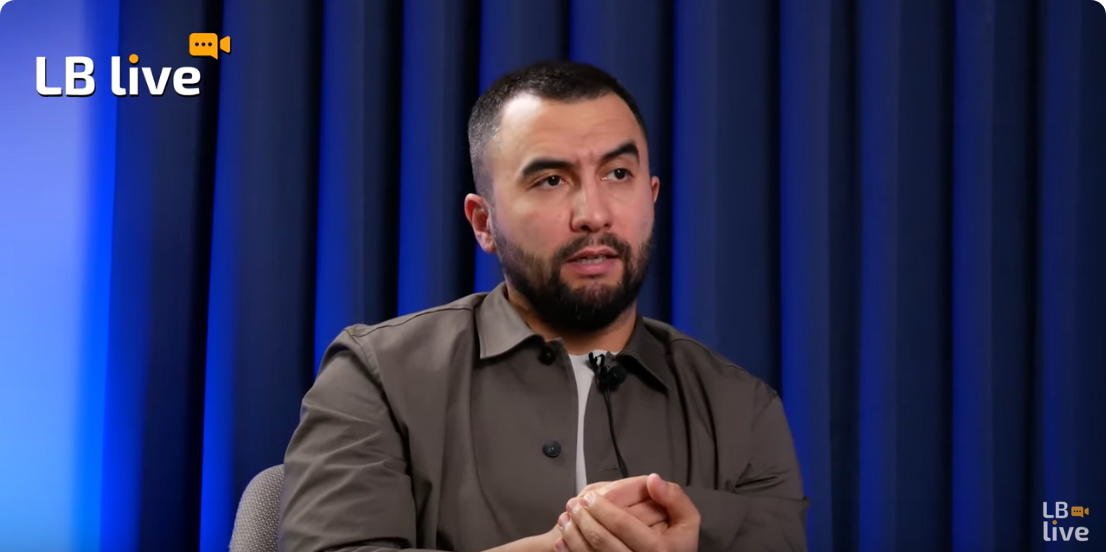
So how much?
As of now, our overdue receivables have indeed increased somewhat due to the fact that our counterparties do not always deliver everything on time. At the same time, not all of these contracts can be considered hopeless.
There are indeed two or three contracts that were signed last year, for which these overdue receivables are already starting to look hopeless. What does that mean? Goods have not been delivered, funds have not been returned, and the counterparty has not provided any specific information about either. They have either disappeared or, if they have not disappeared, there is no point in pursuing them, and we are going to court to collect the money from them. Whether they will have the money at the stage when the court decision is made and enforced is a question.
As of today, there are no contracts that I have signed and for which there are overdue receivables. This does not mean that such contracts will not appear by the end of the year, because this is life, there may be situations when something is delivered late. But as of now, there are no such contracts.
So the story with STI will not repeat itself (according to media reports, Ukrainian courts are considering dozens of cases brought by the Ministry of Defence against Spetstechnoexport over unfulfilled contracts worth billions of hryvnyas. — S.K.)?
I hope it will definitely not happen again. At least on our part, when we see high-risk counterparties, we take measures to prevent them from receiving advances without obligations.








